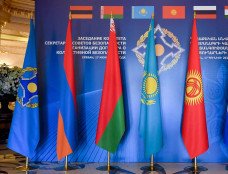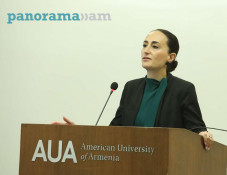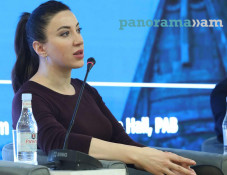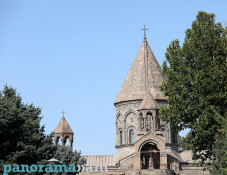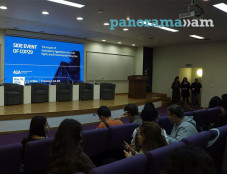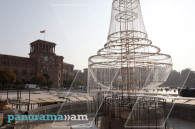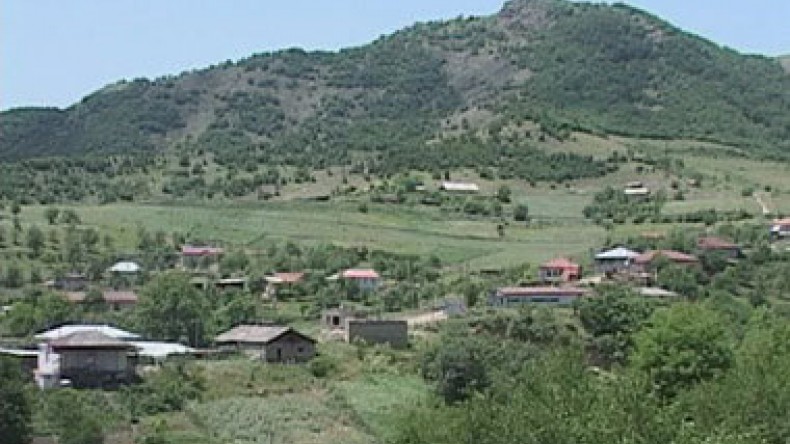
Scientific publication: Armenians in Karintak religious, hardworking and concerned about children’s education
In the 25th issue for the year 1898 of the project “Collection of Materials to Describe the Terrain and Tribes in the Caucasus,” V. Osipov, a teacher at Chayken school, published an article about the population of the Armenian village Karintak in Artsakh.
The inhabitants of Karintak are Christian, of Armenian Gregorian faith. There was one church in the village, St Theotokos, which had two priests. Despite being religious, the inhabitants, especially the youth, did not go to church often because of being busy at work.
“On the Holidays of Transfiguration of Jesus and Exaltation of the Holy Cross, whole families of villagers go to St Ghevond’s Monastery, 30 vertsts from the village,” the author writes noting that the villagers also had places of worship, “The Green Cross” and “Ofichifirum,” where they went for sacrifices on Sundays and holidays. The women were especially religious.
The author writes that the domestic life of the women in Karintak was “decent.” Before getting married, the girls did not cover their faces and spoke with their relatives and neighbors. They closed their faces after marriage and spoke only with their husbands. In case they needed to say something to the household, they spoke to them through little children or used various signs. With all this, the woman was “the full housewife” for the women in the family, while the father was “a full master” and disposer in the family – the sons could not do anything without his advice.
In case the husband died, the widow took his place, and if she, too, passed away, the elder son and his wife became the heads of the family, and everyone obeyed them like parents. “In general, the life here is patriarchal, one might say. However, the urban life, especially outwardly, gradually starts to influence it,” Osipov notes. He highlights that the men are gentle to women, but at the same time, the villager did not forget to say, “Giving a woman free will is the same as losing control of the unbroken horse you are sitting on.”
The author also writes about the Karintak villagers’ attitude to their children’s education. Although there was no school in the village, the inhabitants, especially the wealthy ones, did not leave their children without education. The women were especially concerned about the education. Even a widow, making a living by knitting socks, making bread for others or something else, would make sure to send her son to some institution in Shushi. According to Osipov, many educated people from Karintak worked in different government agencies because there was no institution without students from Karintak. Given this, the inhabitants of the village started to think about opening a school to make it easier for the children and women to get there “as it is difficult for the children to go to the city every day.”
Further, Osipov writes about the health issues in Karintak. Given that the village was on the nomad Tatars’ way, it was often infected by various diseases. The cholera the nomads brought to the village infected 944 people, 27 of whom died. “The horned cattle very often suffers from plague and hoof and mouth diseases. Fever, smallpox, measles, various inflammations and others are among the common diseases met here,” the author recounts.
Related:
Scientific publication of Russian Empire about Armenian village Karintak in Artsakh
Newsfeed
Videos








